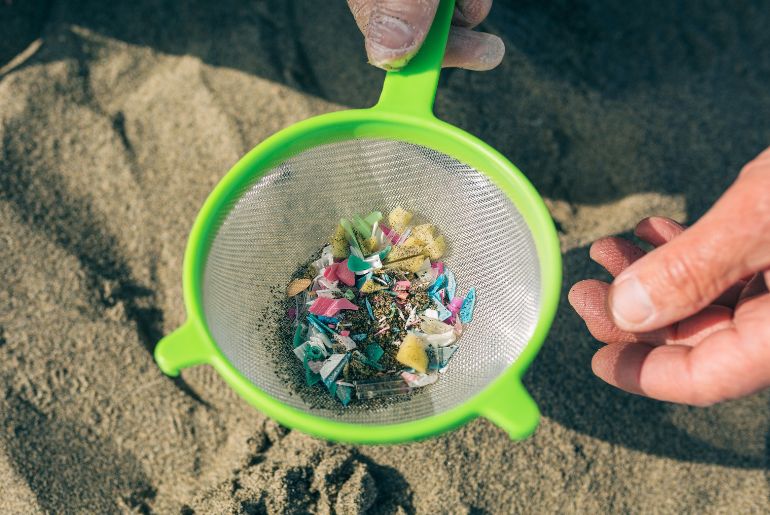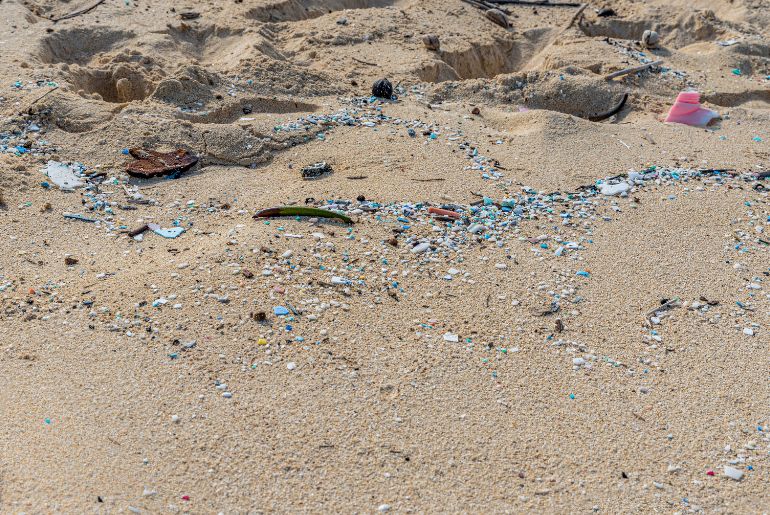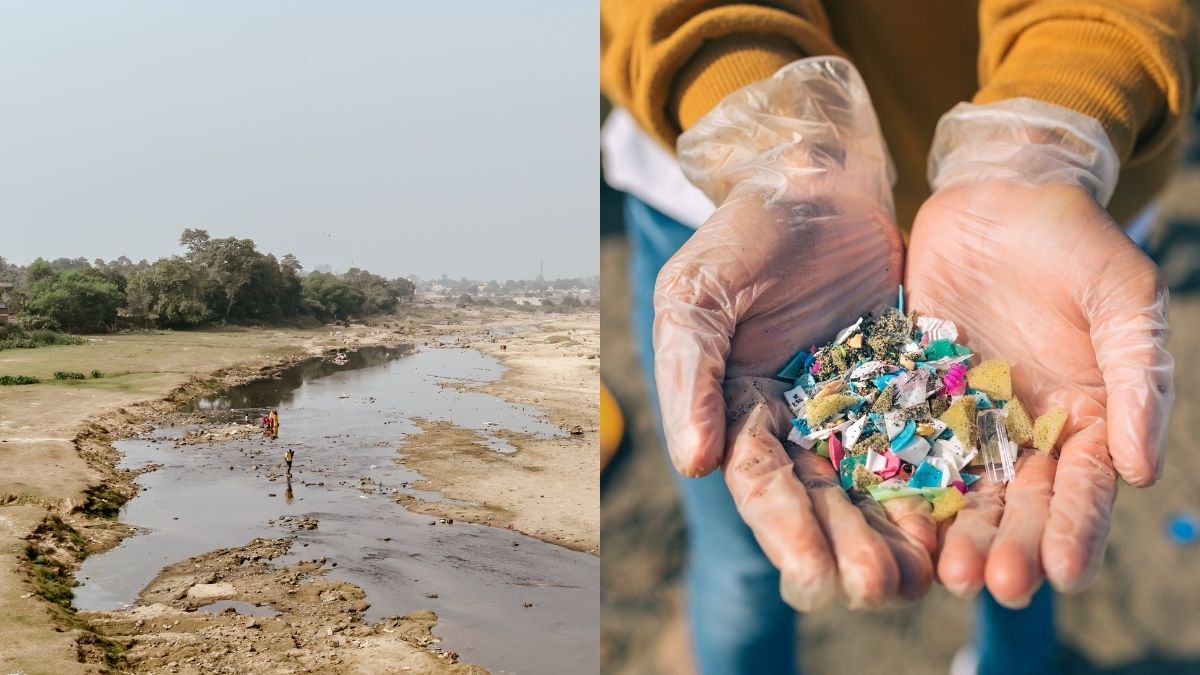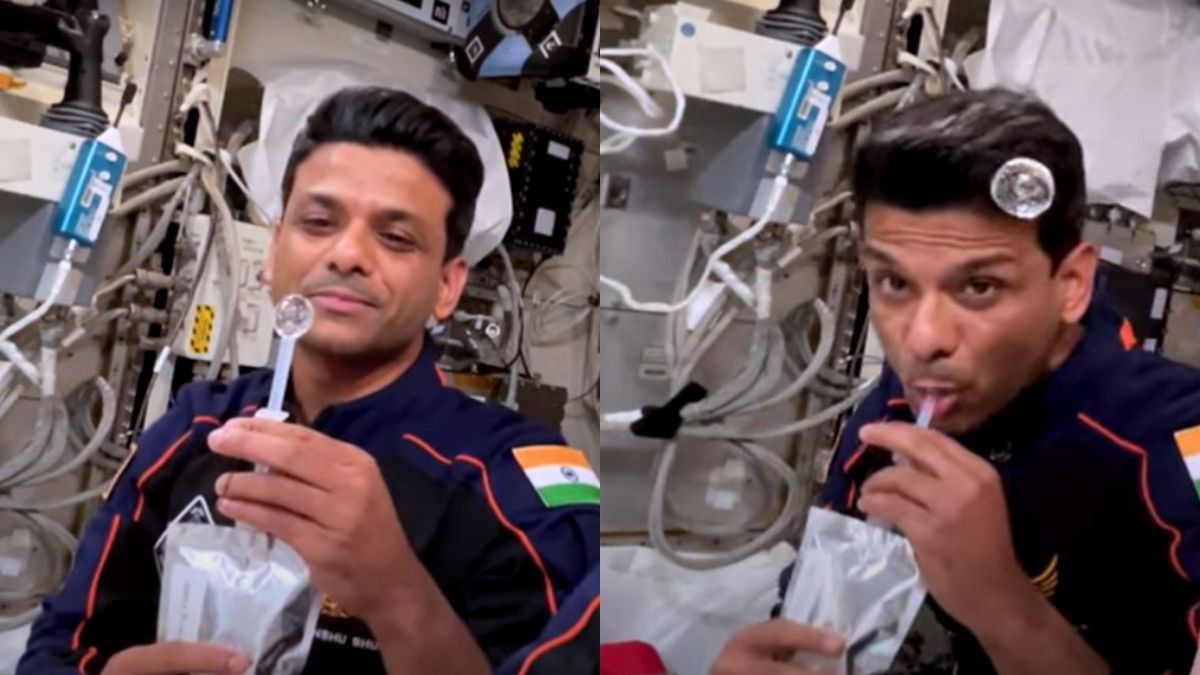Plastic pollution has been considered by scientists as one of the worst forms of pollution and it poses a severe threat to our environment. Recently, a study published in the Journal Of Hazardous Materials revealed that the Indo-Gangetic Plain may be in danger on account of microplastics. The study was titled “A Comprehensive Assessment Of Macro And Microplastics, From Rivers Ganga And Yamuna: Unveiling The Seasonal, Spatial And Risk Factors.” Here are a few insights from the study.
Microplastics Threaten The Indo-Gangetic Plain

According to an article which was recently published by Business Insider, the study was conducted by the Council of Scientific and Industrial Research – National Institute of Oceanography or CSIR-NIO.
Researchers found microplastics in Ganga from Haridwar to Patna. As per the study, the concentration of the pollutants was higher during the rainy season or wet season than in the dry season. It also went on to say that the polymers in microplastics are high-hazard which means that they pose a threat to the Indo-Gangetic plains.
The study found that during the wet season, the concentration of the pollutants was highest in Haridwar and lowest in Patna. During the dry season, Agra had the highest abundance of microplastics. Patna and Haridwar, on the other hand, had the lowest concentration during the dry season.
Also Read: Plastic In Your Blood! Researchers Have Found Microplastics In Human Veins
Quite A Large Amount Of Waste Comes From Upstream Cities

With the help of field surveys as well as GIS applications, researchers were able to figure out the regions which were vulnerable to plastic leakage.
The study also revealed that a significant amount of waste is deposited in the floodplain region from the upstream cities during the dry season. During the wet season, the microplastics get washed off.
How do you think this microplastic pollution should be stopped? What collective and individual steps do you think can be taken to mitigate this pollution? Let us know in the comments section below!
Cover Image Credits: Canva Images
For more such snackable content, interesting discoveries and the latest updates on food, travel and experiences in your city, download the Curly Tales App. Download HERE.
First Published: March 18, 2024 3:23 PM




